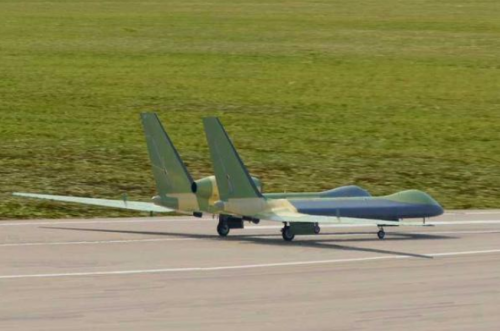The Missile Defense Agency (MDA) Advanced Technology Directorate is interested in industry's capability to provide a High Altitude Long Endurance (HALE) unmanned aircraft in the 2023 timeframe. A HALE aircraft with greater payload capacity is needed to carry a high energy laser system payload to high altitudes to mature Boost Phase Intercept (BPI). The results of this RFI will inform future program options for maturing BPI technology and capability following the current Low Power Laser Demonstrator (LPLD) effort. Proposed aircraft should be able to maintain continuous positive ground control and are expected to operate from the Pacific Missile Range Facility in Hawaii and Edwards AFB in California. Unmanned platforms are highly desired; however, manned concepts will be considered with appropriate justification.
In parallel with ongoing BPI technology maturation and demonstration projects, BMDS capability requirements for an airborne high energy laser BPI capability are being developed. Based on analysis to date, Paragraph 2.a below describes the ideal platform characteristics to enable robust BPI capability. MDA is interested in far-term platform approaches to meet the full performance of Paragraph 2.a and mid-term solutions that demonstrate significant progress toward achieving these performance parameters. Concepts that do not meet these parameters are requested to include future options for improving performance, where applicable.
Under this BAA/RFI, multiple White Papers and/or proposals at differing levels of capability and/or risk are acceptable. Contractors are encouraged to include information on alternate uses and potential commercialization for proposed aircraft designs along with potential Government and/or non-Government co-sponsors. Areas such as cost, life-cycle affordability, and further commercialization will be important considerations in evaluating future concepts and for any forthcoming acquisitions.

